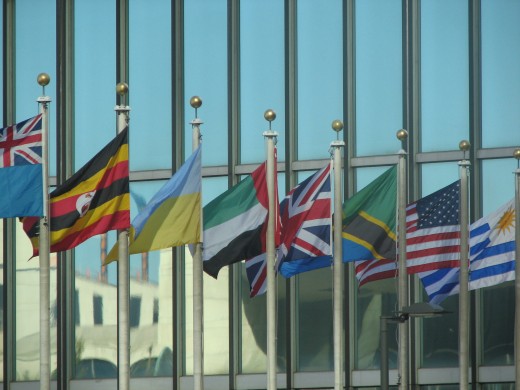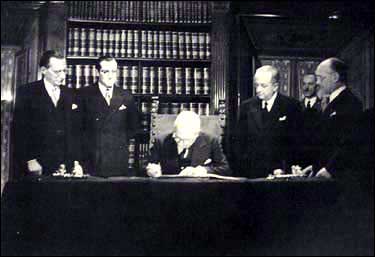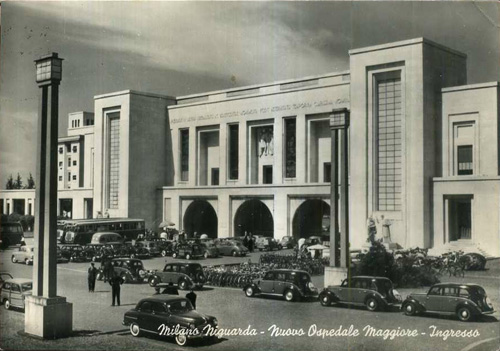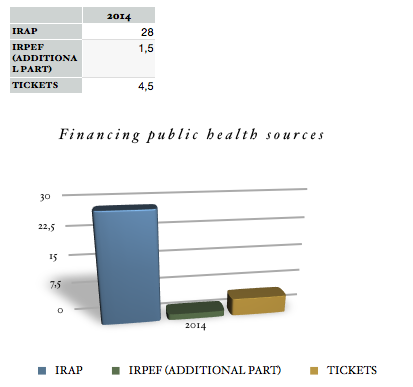Public health financing: the Italian way
Flags in front of UN headquarters, New York

According to the typical XIX century approach, main and perhaps only public problem about health was the hygiene of public places. Overcoming that period, contemporary institution open the way to a purpose model by which the state can help citizens. The legal sources we are going to analyse are the Universal Declaration of Human Rights, the Italian constitution and the Lisbon treaty. First we need to consider the difference between two kinds of rights: the right of being able to pay for a service, on one hand. The service financed by a public institution on the other. The declaration, written under the United Nations patronage, in its article 25, pose the question as the main right is the one of the citizen to finance the service: state has to ensure that when the citizen will is to find means necessary to his cure, that is possible. So the state guarantee those means to the citizens, through employment, and than the citizen pays the service. In the exceptional case this doesn't work, the state guarantees the patient.
Italian president signing the consitution

Italian constitution recognizes as well the rights about health to be on top; but towards financing they have a different approach. That is to say, it doesn't specify first source of health finance has to come directly form the citizens. Otherwise it evidences the exigence of some kind of universal guarantee. That opens the doors to a national health care service to be financed by the public treasury; this service can even be free for all, independently for one's income. Treaty of Lisbon poses the health care rights on a European level, treating problems linked to the abuse of alcohol and tobacco, without caring specifically about financial aspects.
1930's hospital in Milan

After II world war health care in Italy was outpoured mainly by private institutions, religious and charitable ones. Assistance for workers was paid by themselves and their owners, it was a mutual cash. During the 60's the state create a general cash (Inam) that was still related to workers. On the other hand relatives of workers are more and more allowed to join the cares. Everything change in 1978 when an institution for general assistance, Servizio Sanitario Nazionale, has been created. Italy has, since 1978, made strong use of government financing. There were years when the expense was out of control; when introducing heath care tickets, the expense has been re-dimensioned. After the implementation of regions, sanity has been financed partly by the regions and partly by users, through tickets. State has nowadays a modest part; it finance those needs not covered by other sources giving regions part of the IVA income, part of fuel tax and a special fund called Fondo sanitario nazionale. In a federal context in which expense is now coming from three sides, regions, patients and central state, it takes to watch numbers to have a clear vision. Irap income is entirely devolved to regions, whose main expense is health. In 2014 it was 28 billions, summing up all the regions. An additional to the person's income tax, called Irpef, turned to regions. That's 1,5 billions. From the ticket, 4,5 billions. The central state covers without chronological regularity and irregularly by geographical point of view.
The three most important financial sources for public health care




